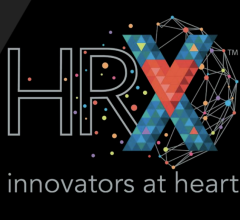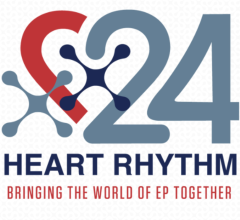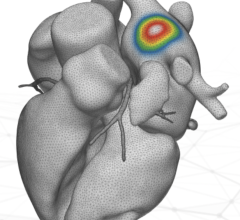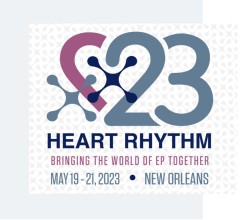
April 24, 2025 – The Heart Rhythm Society (HRS) and the American College of Cardiology (ACC) have released a scientific statement on new guiding principles for Same-Day Discharge (SDD) for patients undergoing intracardiac catheter ablation procedures. This document draws on global clinical data and real-world evidence to evaluate the impact of a cardiac ablation SDD strategy on patient safety, access, operational efficiencies, and healthcare costs. It also outlines best practices based on a shared decision-making approach designed to prioritize patient safety, comfort, and optimal procedural outcomes.
With the increasing prevalence of atrial fibrillation (AF) and the rise in ablation procedures worldwide, access to cardiac electrophysiology (EP) services has become a growing concern. Historically, these services have been available primarily through large, specialized centers or healthcare systems. However, the increasing adoption of SDD strategies for AF ablation procedures, particularly in ambulatory surgery centers (ASCs), has introduced new opportunities to improve patient access, reduce healthcare costs, and enhance resource efficiency.
HRS and ACC emphasize the importance of evidence-based healthcare practices and support the incorporation of SDD strategies in the treatment of AF ablation, as demonstrated by global clinical studies and U.S. claims data from the Centers for Medicare & Medicaid Services (CMS). Real-world evidence, including insights from the COVID-19 pandemic’s Hospitals Without Walls Program, has shown that certain catheter ablation procedures can be safely performed in ASCs. Claims data also suggest that SDD protocols for cardiac ablation may lead to lower complication rates compared to other cardiac procedures already covered by CMS.
"This consensus document evaluates global trends and evidence supporting shorter hospitalization stay with SDD for intracardiac ablations agnostic to site of care,” said Amit Shanker, MD, FHRS, Vice-Chair of the HRS Health Policy and Regulatory Affairs Committee and Co-Chair of the document. “With rising demand straining healthcare access, SDD addresses systemic challenges by driving patient availability and improving operational efficiencies and care quality. By reducing overnight stays and resource utilization, SDD protocols can lower healthcare costs while maintaining safety, aligning clinical priorities with fiscal sustainability."
In addition to improving patient safety, an SDD strategy helps reduce out-of-pocket patient costs while also enhancing operational efficiency and resource utilization. This approach offers significant financial benefits for both patients and healthcare systems, streamlining care while maintaining high standards of quality and safety. Successful implementation of a SDD protocol requires considerable facility organization and logistics that intentionally support close coordination of care with patients and their caregivers. The decision to pursue a SDD strategy should be based upon a shared decision-making process between the patient and physician, with a focus on safety, comfort, and the expected outcomes of the procedure.
“We are very excited for this HRS/ACC statement on SDD for EP ablations. The field of EP continues to evolve due to improved workflows, technological innovations, and procedural advancements,” said Samuel O. Jones, MD, MPH, FACC, FHRS, Co-Chair of the document. “Fueled by the COVID pandemic, many centers adopted same-day discharge protocols, which have continued to be refined. A growing body of literature supports this paradigm for patients appropriately selected by the electrophysiologist, as safe and effective, as well as patient-centered, while also freeing up necessary resources in the healthcare facility.”
The full document was co-published in the online edition of Heart Rhythm, the official journal of the Heart Rhythm Society, and the Journal of the American College of Cardiology.
For more information, visit www.HRSonline.org.


 July 30, 2024
July 30, 2024 








